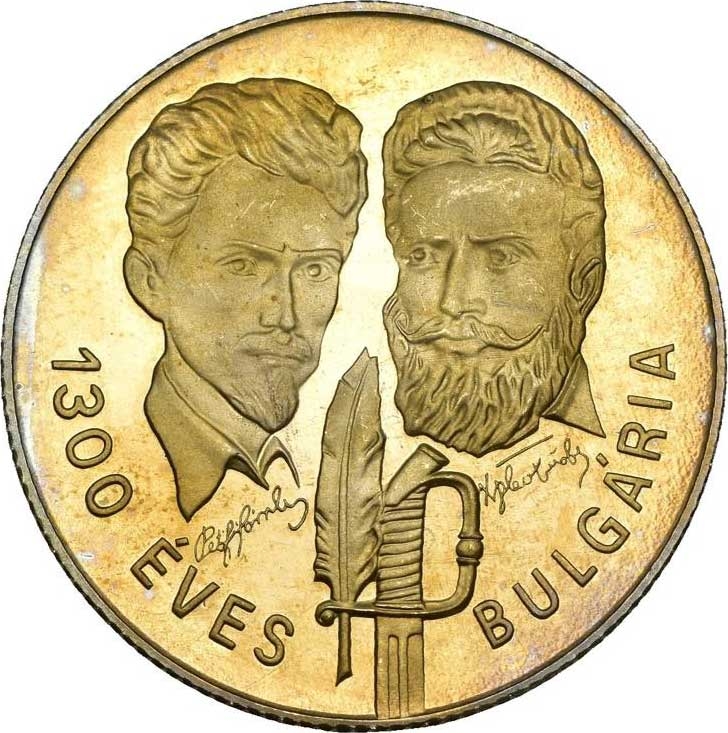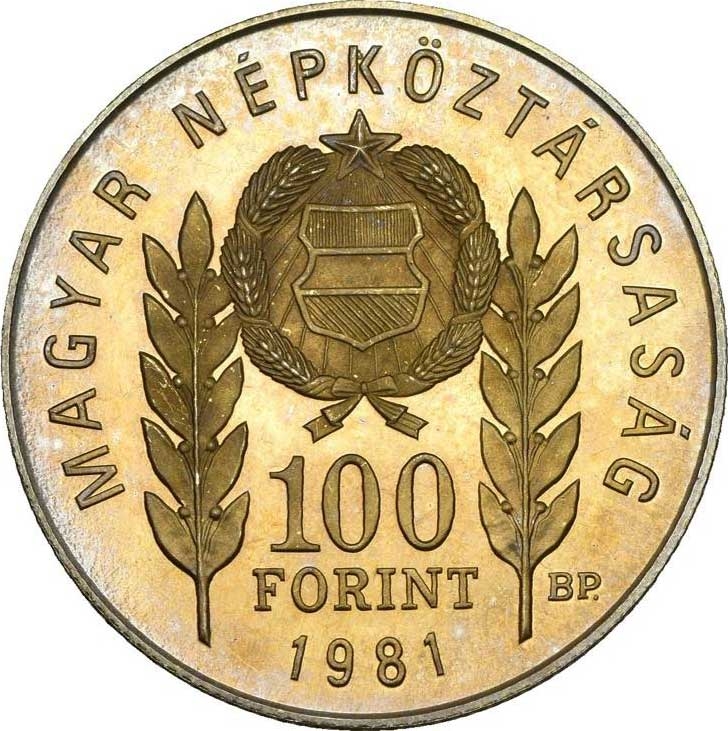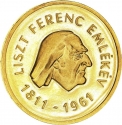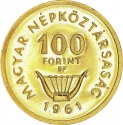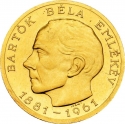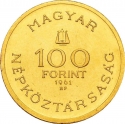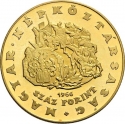You are about to finish your registration. Please check your mailbox (including spam folder). There should be a letter with a confirmation link. Check setting to make sure that your e-mail address is correct.
Send letter againDescription
The narrative of Bulgaria's past unfolds through tales of ancient civilizations, turbulent conquests, and a resilient cultural identity. Originally inhabited by Thracian tribes, Bulgaria saw the rise of the formidable First Bulgarian Empire in 681 AD under Khan Asparuh. Throughout the ages, Bulgaria alternated between periods of self-governance and Byzantine dominance, leading to almost five centuries of Ottoman rule from 1396 onwards.
During the Ottoman period, Bulgaria grappled with a profound quest for independence, punctuated by periods of national resurgence in the 18th and 19th centuries. The Russo-Turkish War of 1877-1878 heralded Bulgaria's release from Ottoman rule and the birth of a modern Bulgarian nation.
In the 20th century, Bulgaria weathered the upheavals of both World War I and World War II, followed by the establishment of a communist regime with Soviet backing after World War II. Nonetheless, the collapse of communism in 1989 marked a significant turning point as Bulgaria embarked on a journey toward democracy and a market-oriented economy.
Engraver: György Bognár
Obverse

|
Depicts the portraits of two great revolutionary poets from Bulgarian and Hungarian history, Sándor Petőfi (left) and Hristo Botev (right), below their signatures. A sword hilt and a contemporary pen divide the inscription "1300 YEARS OF BULGARIA" below. 1300 ÉVES BULGÁRIA |
|---|---|
Reverse

|
Depicts the coat of arms of the Hungarian People's Republic, surrounded by the country name (Hungarian People's Republic) above, two vertical laurel branches next to the coat of arms, the denomination and the issue year below, the mintmark (BP) on the bottom right. MAGYAR NÉPKÖZTÁRSASÁG |
| Edge |
100 Forint
People's Republic
KM# 622 Unger# 1624 Adamo# EM67
Characteristics
| Type | Commemorative Issue (Non-circulating) |
| Material | Nickel Plated Copper |
| Weight | 12 g |
| Diameter | 32 mm |
| Thickness | 2 mm |
| Shape |
|
| Alignment | Medal |
| Mint |
Budapest Mint (BP)
|
